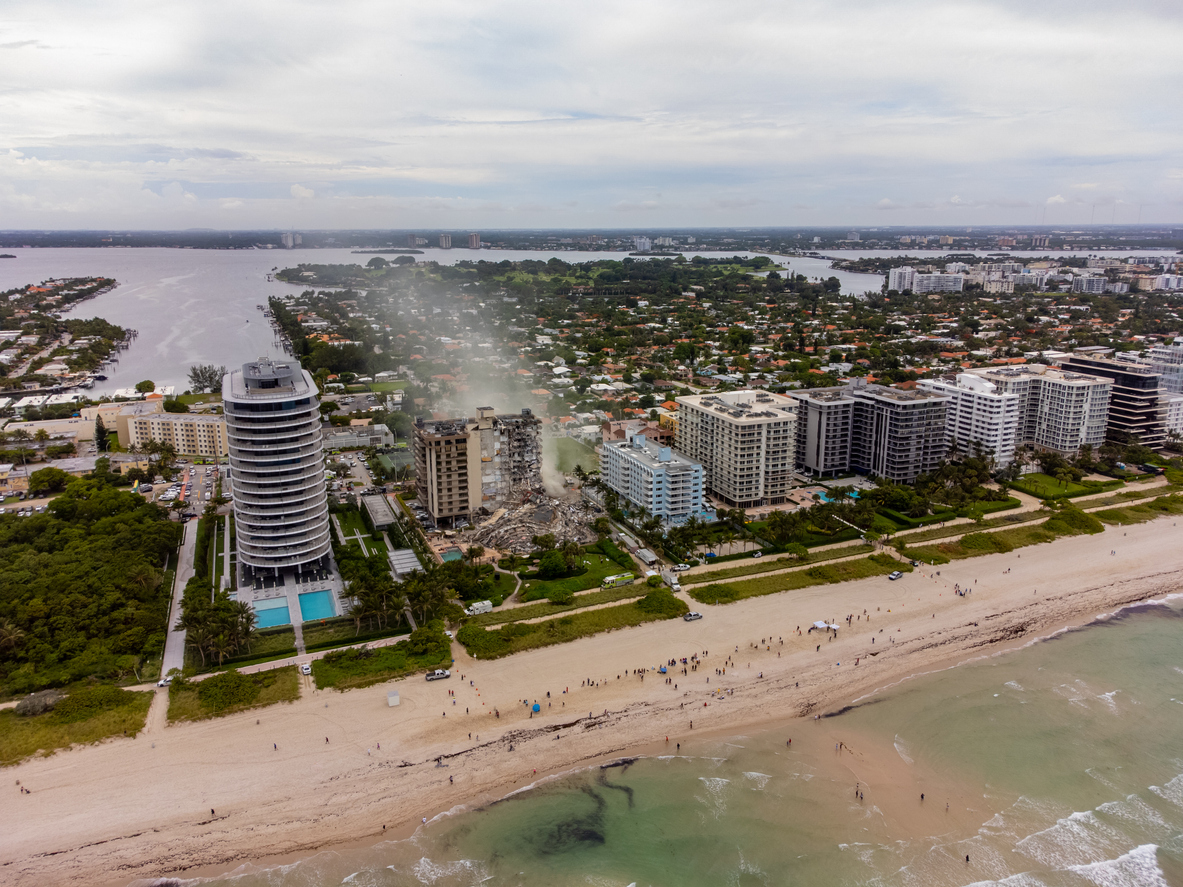Miami-Dade Circuit Judge Michael Hanzman's decision came a day before the one-year anniversary of the Champlain Towers South disaster in the Miami suburb of Surfside. The judge praised the dozens of lawyers involved for averting what could have been years of litigation with no guarantee of a favorable outcome for the victims.
"It will never be enough to compensate them for their tragic loss," the judge said. "This is the best we can come up with." It's a remarkable outcome. It's incredible."
The agreement establishes a $1.02 billion fund for people who lost family members in the 12-story building collapse, as well as those who suffered physical or mental injuries. According to attorneys, another $200 million is available from the Champlain Towers condo association, including insurance.
About $100 million is set aside for legal fees — the final figure will be announced in September — and $96 million is set aside for owners who lost one of the building's 136 units based on the assessed value of each one. They range in price from more expensive four-bedroom units with ocean views to less expensive one-bedroom units.
The process of determining the value of claims for the 98 deaths and any injuries will be completed by August 26, according to Hanzman. Everyone who filed a claim by the deadline of July 18 has the right to a private hearing before a judge, but it is not required.
The problem will be determining how much a life or injury is worth. Compensation claims for wrongful death typically involve several factors, such as the deceased's lifetime earning potential.
"My goal is to make it as easy as possible," Hanzman explained.
According to court-appointed receiver Michael Goldberg, no victims filed objections to the settlement or chose to opt out. Several people who lost family members or property testified in court Thursday that they are grateful for the quick resolution to a harrowing experience.
Raysa Rodriguez, who survived the collapse in a ninth-floor unit that was initially unaffected, was overjoyed with the outcome.
"You have no idea how much of a relief this is for me," Rodriguez said. "I'm completely exhausted. I just want this to be over with. "I want these souls to be at peace."
According to court documents, the ruling came during a fairness hearing, in which anyone with objections to the deal could raise them while the judge determined whether the settlement is "fair, reasonable, and adequate."
The funds come from 37 different sources, including insurance companies, engineering firms, and a luxury condominium whose recent construction next door is suspected of contributing to Champlain Towers South's structural damage. Neither party admits to any wrongdoing.
A billionaire developer from Dubai is set to pay $120 million for the 1.8-acre (1-hectare) beachfront site, which will contribute to the settlement. The deal is expected to close by the end of July.
According to the judge, people could start receiving compensation for their losses in September.
Champlain Towers South has a long history of maintenance issues, and concerns have been raised about the original construction and inspections in the early 1980s. Other factors that could contribute to sea level rise are climate change and damage caused by salt water intrusion.
A final conclusion on the cause will most likely take years. The National Institute of Standards and Technology, which is leading the federal investigation into the collapse, recently announced that invasive testing on samples of material from the collapse site will begin soon.
The tests will aid investigators in identifying potential flaws in building structural elements by examining factors such as material density, porousness, and corrosion, according to NIST.
In response to the disaster, Republican Gov. Ron DeSantis signed legislation last month requiring statewide recertification of condominiums more than three stories tall.
The death toll from the Champlain Towers collapse is one of the highest in US history for similar disasters. The Hyatt Regency walkway collapse in 1981 killed 114 people, and a mill disaster in Massachusetts in 1860 killed between 88 and 145 workers.













